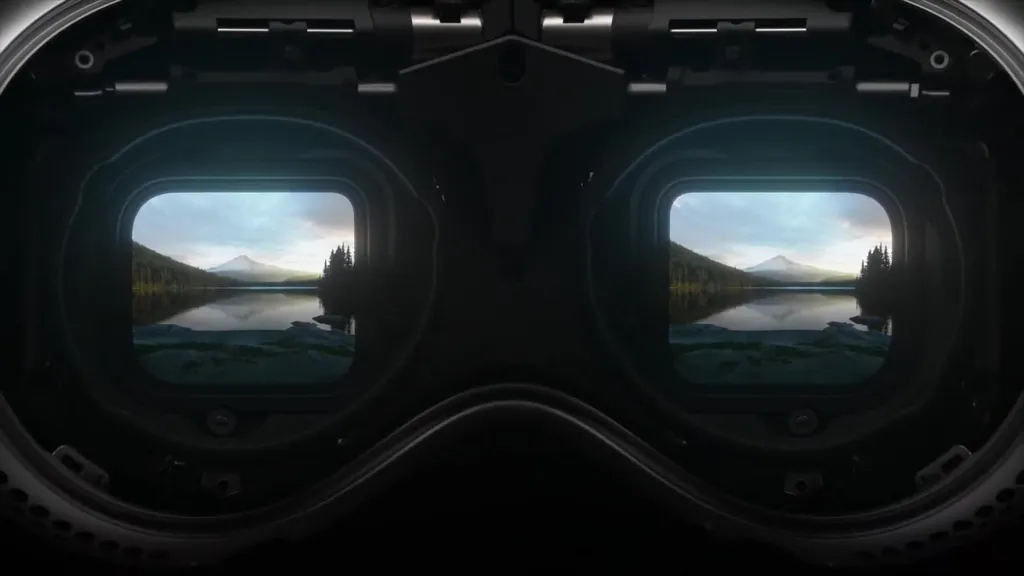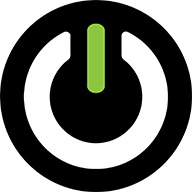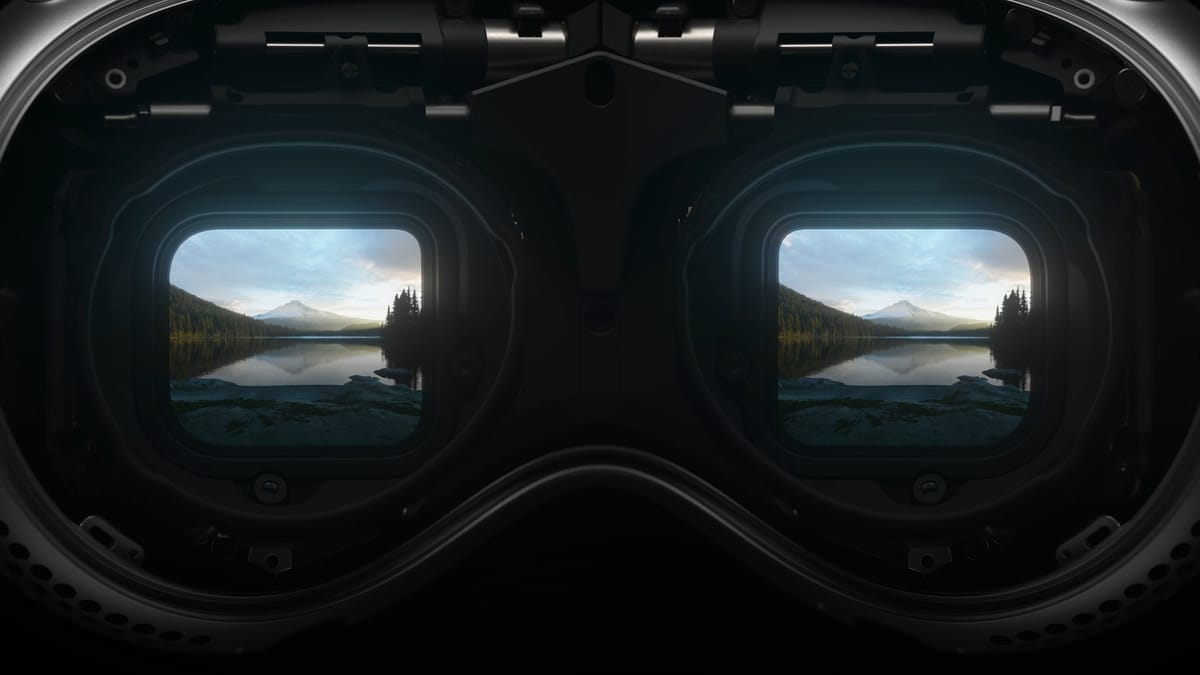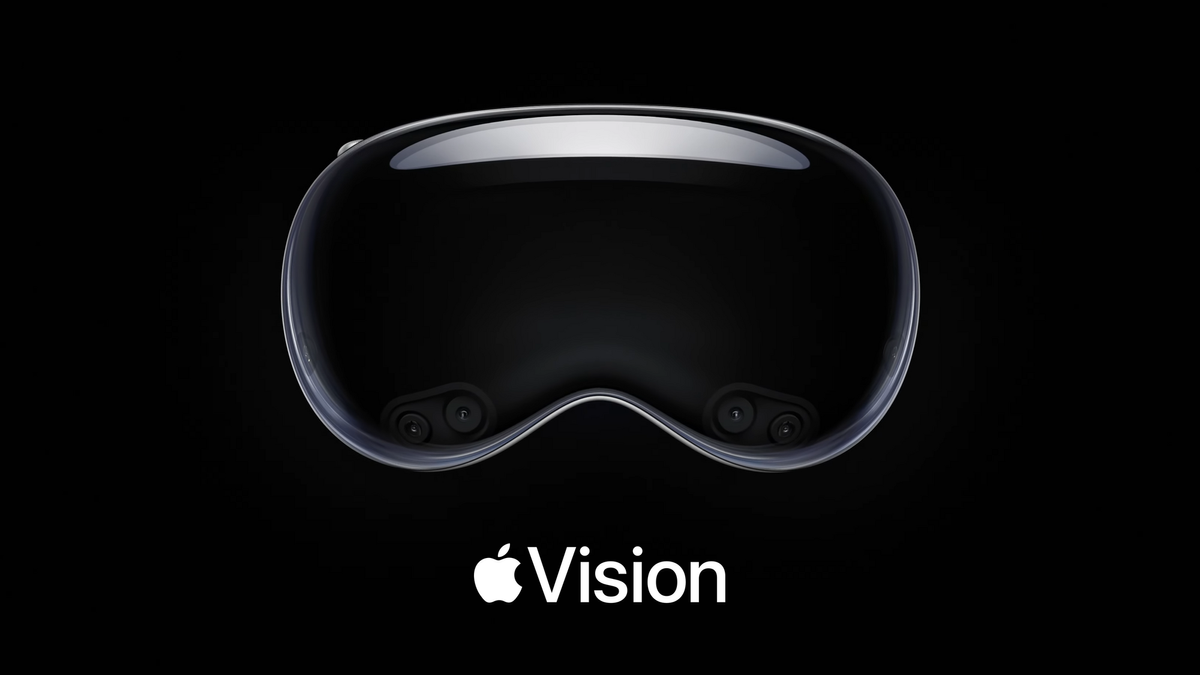A major display supplier reportedly sent Apple samples of regular OLED panels meant for use in future Vision headsets.
The Sony-supplied micro-OLED displays in Apple Vision Pro are 1.42 inch with a pixel density around 3386 PPI, providing a resolution of 3660×3200 (3.7K). But it has been widely reported that they are difficult and expensive to manufacture, and the primary contributor to Vision Pro's eye-watering price.
For over a year now Apple has reportedly been testing cheaper micro-OLED displays from two Chinese suppliers, SeeYa and BOE, to try to bring down the cost of future Vision headsets, but both companies have reportedly struggled to meet Apple's stringent quality standards, reducing their effective yield and driving the cost back up.
In June, South Korean news outlet The Elec reported that Apple asked LG and Samsung about supplying larger, lower resolution 2.5K micro-OLED displays for cheaper Vision headsets, with a pixel density of 1700 pixels per inch (PPI). Now, the same outlet reports that another major display provider, Japan's JDI, is pitching a regular OLED panel with a pixel density of 1500 PPI.
Regular OLED is much cheaper than micro-OLED. Usually it's also much lower density, but The Elec's report suggests JDI's new panel is pushing the limit of regular OLED and approaching the density of cheap micro-OLED displays.
The other problem with many regular OLED panels, however, is mura, which can be seen in the only current headset that uses regular OLED, PlayStation VR2. Mura is a non-uniform fixed pattern noise over the entire screen. It's unclear whether or how JDI's panel would address this.
The report suggests Samsung also plans to develop OLED panels around 1500 PPI, and so it could be a second supplier. But it's unclear if Apple will use either JDI or Samsung's regular OLED panels, as 1500 PPI falls below the requirement it reportedly previously set of 1700 PPI. A lower density panel would require a bulkier headset or lower resolution.
It's also unlikely that these regular OLED panels would be ready on time for the first cheaper Vision headset that many outlets have reported Apple is currently focused on shipping by the end of next year. The Elec's report suggests that these 1500 PPI panels could be in mass production 2-3 years from now.
Today's Apple Vision Pro starts at $3500, so there will likely be a long iterative process of price reduction spanning multiple years, extending into the next decade, before the company can sell Vision headsets at the same price and scale as its other product lines like iPads. We'll keep a close eye on Apple as we chart that journey, including the evolving visionOS that these future cheaper headsets will run.































